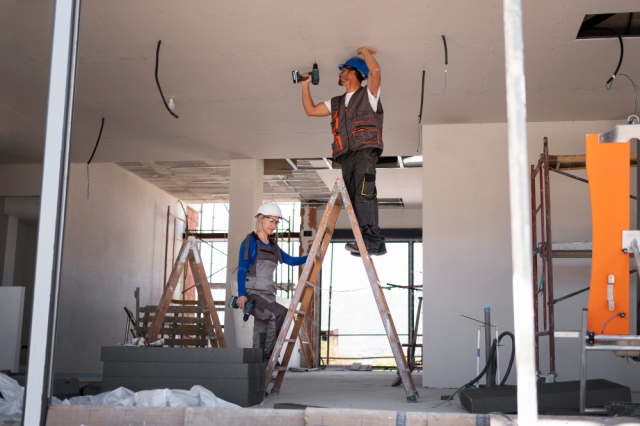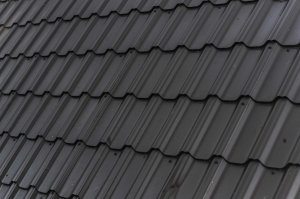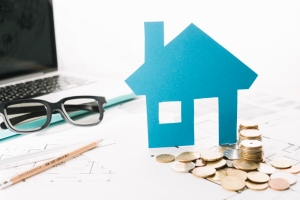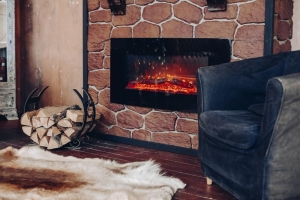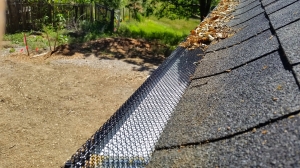As the cost of living rises, many homeowners prioritize saving on household expenses without compromising quality of life. Energy costs are a significant part of monthly expenditures, prompting more people to seek home upgrades that reduce energy consumption. But more than that, these upgrades enhance comfort and livability.
Homeowners who invest in remodeling may experience a significant increase in satisfaction and joy in their living spaces.

These upgrades can lead to long-term financial savings and contribute to a more sustainable lifestyle.
So, what are these upgrades?
Home Upgrade Considerations for Energy Cost Savings
Here are several home improvements that can help you save on energy costs.
Upgrade to energy-efficient windows
One of the impactful changes you can make is upgrading to energy-efficient windows. Conventional single-pane windows are notorious for their poor insulation, leading to significant heat loss in the winter and heat gain in the summer.
Modern energy-efficient windows, like double or triple-pane models with low-emissivity (Low-E) coatings, can decrease energy loss by up to 50 percent. This improvement lowers heating and cooling bills and enhances indoor comfort by reducing drafts and maintaining a more consistent indoor temperature.
Beyond the immediate cost savings, energy-efficient windows also contribute to the overall value of your home. Potential buyers look for homes with upgraded windows, which is a strong selling point.
Many cities offer tax rebates or incentives for homeowners who invest in energy-saving improvements, further offsetting the initial cost. With energy-efficient windows, you're making a wise investment that pays dividends. In the long term, you can enjoy reduced energy bills, improved home value, and a more comfortable living environment.
Install a programmable thermostat
A programmable thermostat is a relatively minimal investment that can yield substantial energy savings. These installations allow you to set specific temperatures for different times of the day so the HVAC system runs only when necessary. This automation alone can reduce energy consumption by up to 10 percent.
Go further by upgrading to a smart thermostat, which learns your schedule and preferences over time for even greater efficiency.
In addition to energy savings, programmable thermostats offer convenience and control that can enhance your daily life. Many models can be controlled remotely via mobile phone apps, allowing you to adjust settings even when you're not at home.
For example, if you're living in Texas, an automated thermostat means you can come home to a perfectly cooled home without wasting energy while away. Of course, on top of this upgrade, adopting time-of-use plans can also be an excellent strategy for using electricity in Texas.
Add insulation to your home
Insulation can maintain your home's energy efficiency. If your home is older, you may want to check if it has enough insulation. Start by adding insulation to your attic, walls, and floors. This can dramatically improve your home's thermal performance.
Estimates show homeowners can save up to 15 percent on heating and cooling costs by adequately insulating their homes. Insulation reduces energy bills and enhances overall comfort by creating a more stable indoor environment.
Moreover, improved insulation can significantly reduce the strain on your HVAC system, extending its lifespan and saving on maintenance costs.
This results in a more comfortable living space with fewer temperature fluctuations. By investing in proper insulation, you're cutting down on energy costs and contributing to a more durable and resilient home.
Switch to LED Lighting
Lighting accounts for a huge chunk of household energy use, and switching to LED bulbs effectively reduces this consumption. LED lighting uses 75 percent less energy than conventional incandescent bulbs and lasts up to 25 times longer. Changing your bulbs will save on your energy bills and reduce the frequency and cost of bulb replacements.
Plus, LED bulbs produce less heat, lowering cooling costs during the warmer months.
The benefits of LED lighting go beyond energy efficiency and cost savings. Since LED bulbs come in various colors and styles, they are also great for customizing your lighting to suit your aesthetic preferences. They also provide better lighting quality, less flicker, and more consistent illumination.
Upgrade to energy-efficient appliances
Household appliances like refrigerators, dishwashers, and washing machines are major energy consumers. Having energy-efficient upgrades can result in significant savings. Choose appliances with the ENERGY STAR label. These appliances use 10-50 percent less energy and water than their conventional counterparts.
While the upfront investment may be pricier, the long-term savings on your energy bills can quickly offset it.
In addition to cost savings, energy-efficient appliances often have advanced features that improve performance and convenience.
For example, modern washing machines may offer larger capacities and more effective cleaning cycles. Energy-efficient refrigerators might have better temperature control and storage options. By upgrading to these appliances, you're reducing your energy consumption and enhancing your home's functionality and convenience.
Install solar panels
Installing solar panels can be an excellent option for those looking to make a more substantial investment in energy savings. Being a renewable energy source lets you lessen your reliance on the grid. The price point may be steep for some. However, it's good to consider the potential savings in the long run, especially when you add state incentives and rebates.
Beyond financial savings, solar panels offer a significant environmental benefit by reducing your carbon footprint.
Generating your electricity reduces greenhouse gas emissions and reliance on fossil fuels. Progress in solar technology has made these systems more efficient and aesthetically pleasing. You can integrate them into your property without sacrificing your home's aesthetic appeal.
Seal air leaks
Air leaks around doors, windows, and other openings can lead to significant energy loss in homes. Sealing these leaks with weatherstripping, caulk, or spray foam can improve your home's energy efficiency by preventing drafts and minimizing the workload on your heating systems. Conducting an energy audit can help identify the areas where air leaks are most prevalent.
On top of that, sealing air leaks also means improving indoor air quality by removing dust, pollen, and other outdoor pollutants. This upgrade can also reduce noise infiltration, making your home quieter and more serene. Addressing these small but significant sources of energy loss takes you a step closer to a cost-effective and healthy living environment.
Install a tankless water heater
Switching to a tankless water heater is another effective upgrade that can help you save on energy costs. Unlike traditional water heaters, which continuously heat a large tank, tankless models heat water on demand. This means you only use energy when you need hot water, significantly reducing standby heat loss and overall energy consumption.
Tankless water heaters are typically more efficient. They provide hot water quickly and consistently without needing a bulky storage tank.
Tankless water heaters are also a space-saving solution that frees up valuable storage space in your home. You can install these compact units even in tight spaces. Another advantage is their longer lifespan—there is no need for frequent replacements and maintenance.
Take Action Now for Long-Term Savings
Implementing sensible home upgrades can significantly reduce energy costs while enhancing comfort and sustainability. With these conscious upgrades, you can lower your monthly bills and contribute to a greener future. These changes, whether big or small, can make an impact on your home's energy consumption and overall carbon footprint.
Ready to make your home more efficient? Start with small, manageable changes and gradually invest in more substantial upgrades as your budget allows.
Embrace the opportunity to create a home that is comfortable, efficient, and kind to the planet.
